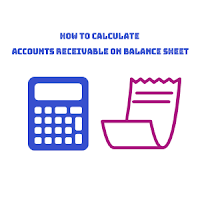Stockholders Equity Formula

Stockholders Equity is calculated through different methods and Formulas. In the previous article, We already studied about “ How To Calculate Stockholders Equity ”. In this article, Stockholders Equity was calculated by preparing Statement of Stockholders Equity. If you don’t read this article, then you can study this article as well in order to get better understanding of this particular topic. You may also be interested in “ What is Owners’ Equity ” Stockholders Equity is the Rights of Shareholders who invested in the company’s business. Stockholders Equity is Calculated Through Accounting Equation Or Shares Capital, Reserves, Shares Premium, Retained Earnings, Net Income / Net Loss or Net Profit / Net Loss and other Dividends. Mathematically, we can write as: Rs. Opening Stockholders Equity XXX Shares Capital XXX Reserves




